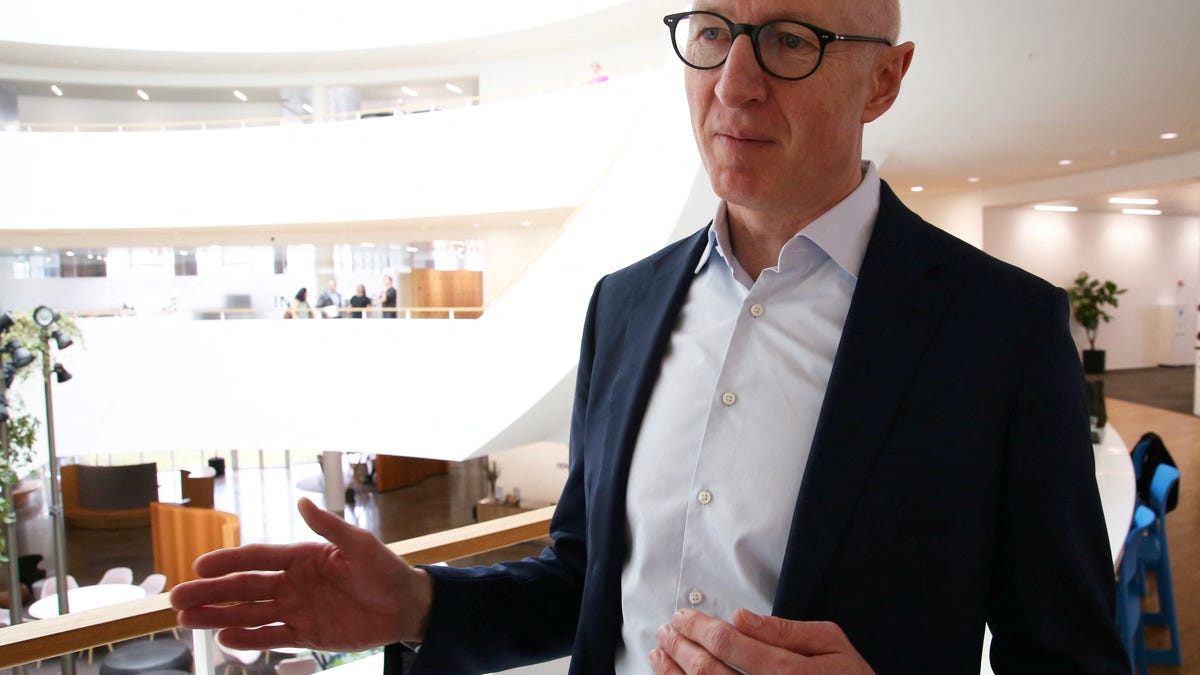Novo Nordisk First Quarter Earnings Report: A Detailed Analysis
Novo Nordisk, a renowned pharmaceutical company recognized for producing the widely used diabetes and weight loss medications Ozempic and Wegovy, has scheduled its first-quarter earnings announcement for May 2. This event marks a pivotal moment for investors and industry experts alike to gain insight into the company’s performance and future trajectory. With Wegovy and Ozempic leading the charge in the realm of weight loss medications, it begs the question: Are we adequately prepared for the surge of these innovative drugs?
The Dominance of GLP-1 Agonists
Novo Nordisk stands at the forefront of the GLP-1 (glucagon-like peptide 1) agonist market, along with its counterpart Eli Lilly, the maker of Zepbound. These medications play a critical role in regulating blood sugar levels and curbing appetite, thereby addressing fundamental health concerns faced by many individuals. Eli Lilly recently posted robust first-quarter earnings, buoyed by the soaring sales of its weight loss drug, leading to a substantial increase in revenue projections. The collective success of the GLP-1 agonists has propelled both Novo Nordisk and Eli Lilly to the pinnacle of the pharmaceutical landscape in terms of market capitalization.
Market analysts from Morgan Stanley foresee a promising future for GLP-1 agonists, predicting a monumental $105 billion global market by the year 2030. Furthermore, they anticipate that approximately 31.5 million Americans, constituting 9% of the nation’s population, will adopt GLP-1 treatments by 2035, underscoring the profound impact these drugs are poised to have on healthcare outcomes.
Anticipated Sales Growth of Ozempic and Wegovy
In 2023, Novo Nordisk’s combined sales of Ozempic and Wegovy accounted for nearly 55% of its total sales, amounting to 232.3 billion Danish kroner ($33.8 billion). Projections indicate that these figures are set to climb even higher in the coming year. Analysts predict a 36% year-over-year increase in Ozempic sales for the first quarter of 2024, reaching $3.8 billion. Similarly, the sales forecast for Wegovy is even more impressive, with an expected 129% surge to $1.5 billion.
Key to this quarter’s results is the inclusion of Wegovy sales under Medicare Part D coverage. This development will significantly expand access to Wegovy for over 3 million Medicare beneficiaries struggling with obesity or excess weight. The potential implications of this expanded coverage on Novo Nordisk’s bottom line are substantial and warrant close monitoring.
Addressing Supply Chain Challenges
Novo Nordisk has encountered persistent supply shortages for both Ozempic and Wegovy, as confirmed by the FDA’s categorization of these medications as being in limited supply. Stakeholders are keenly interested in Novo Nordisk’s strategies for rectifying these supply chain constraints. Notably, the company has restricted the availability of Wegovy starter doses to ensure an adequate supply for existing patients, a tactic implemented since last year.
In a strategic move to bolster its production capacity and alleviate supply shortages, Novo Nordisk recently acquired three facilities from its largest shareholder, Novo Holdings, investing $11 billion in enhancing production capabilities. This acquisition, in conjunction with Novo Holdings’ acquisition of Catalent, aims to bolster the company’s manufacturing capacity beginning in 2026. While Novo Nordisk plans to incrementally boost Wegovy’s supply throughout the year, it acknowledges that demand is likely to outstrip supply for the foreseeable future.
Navigating Governmental Challenges
Novo Nordisk faces regulatory hurdles from U.S. government bodies pertaining to the pricing of its drugs. The Federal Trade Commission recently raised concerns regarding patent listings for Novo Nordisk’s Ozempic, Saxenda, and Victoza products, emphasizing the need to foster competition and drive down drug prices. Similarly, Senator Bernie Sanders initiated an inquiry into the pricing strategies of Novo Nordisk’s Wegovy and Ozempic formulations in the U.S., citing affordability concerns for patients.
As Novo Nordisk braces for its first-quarter earnings report and addresses these multifaceted challenges, all eyes are on the company’s performance, market strategies, and commitment to overcoming obstacles in a rapidly evolving healthcare landscape.
Image/Photo credit: source url





